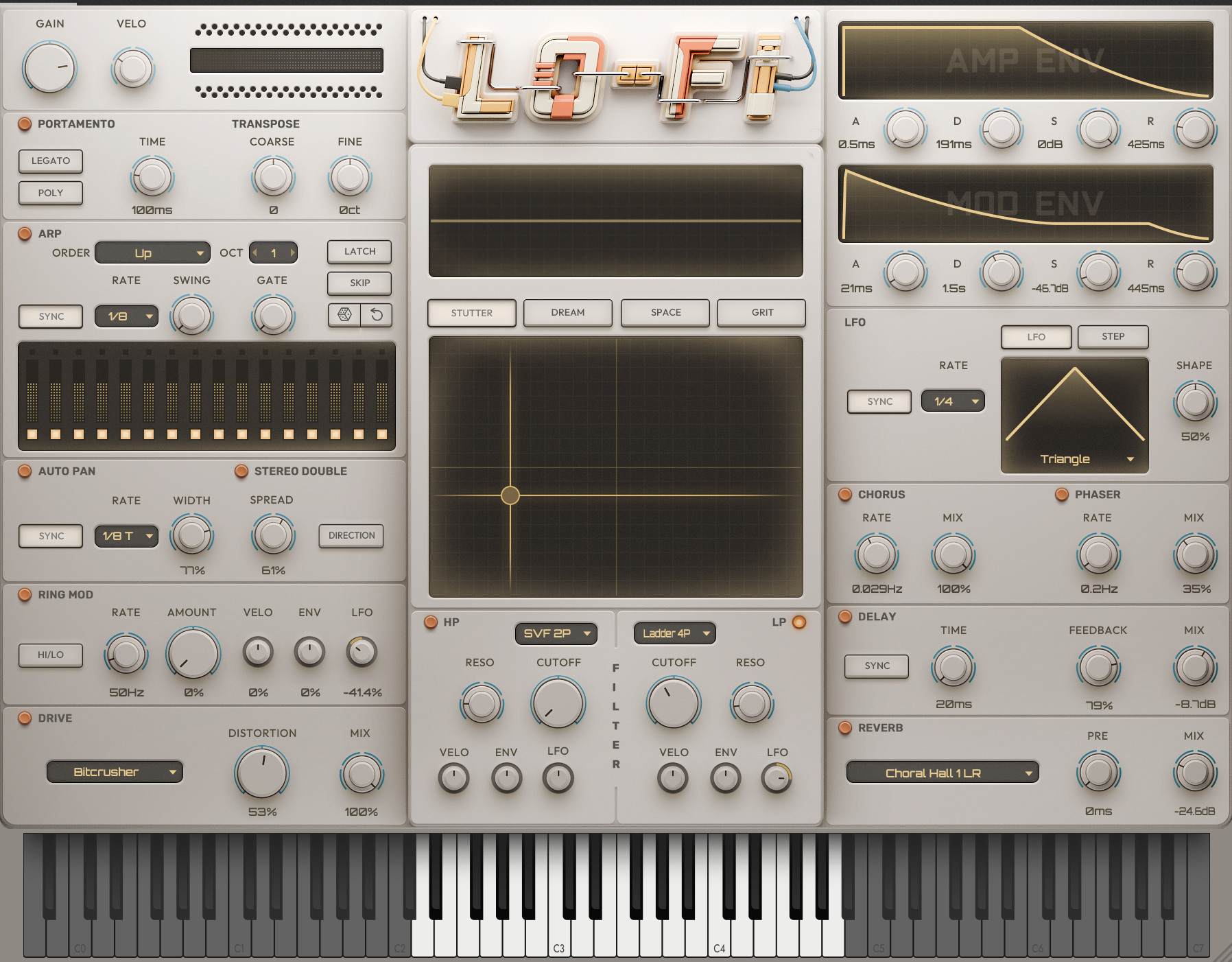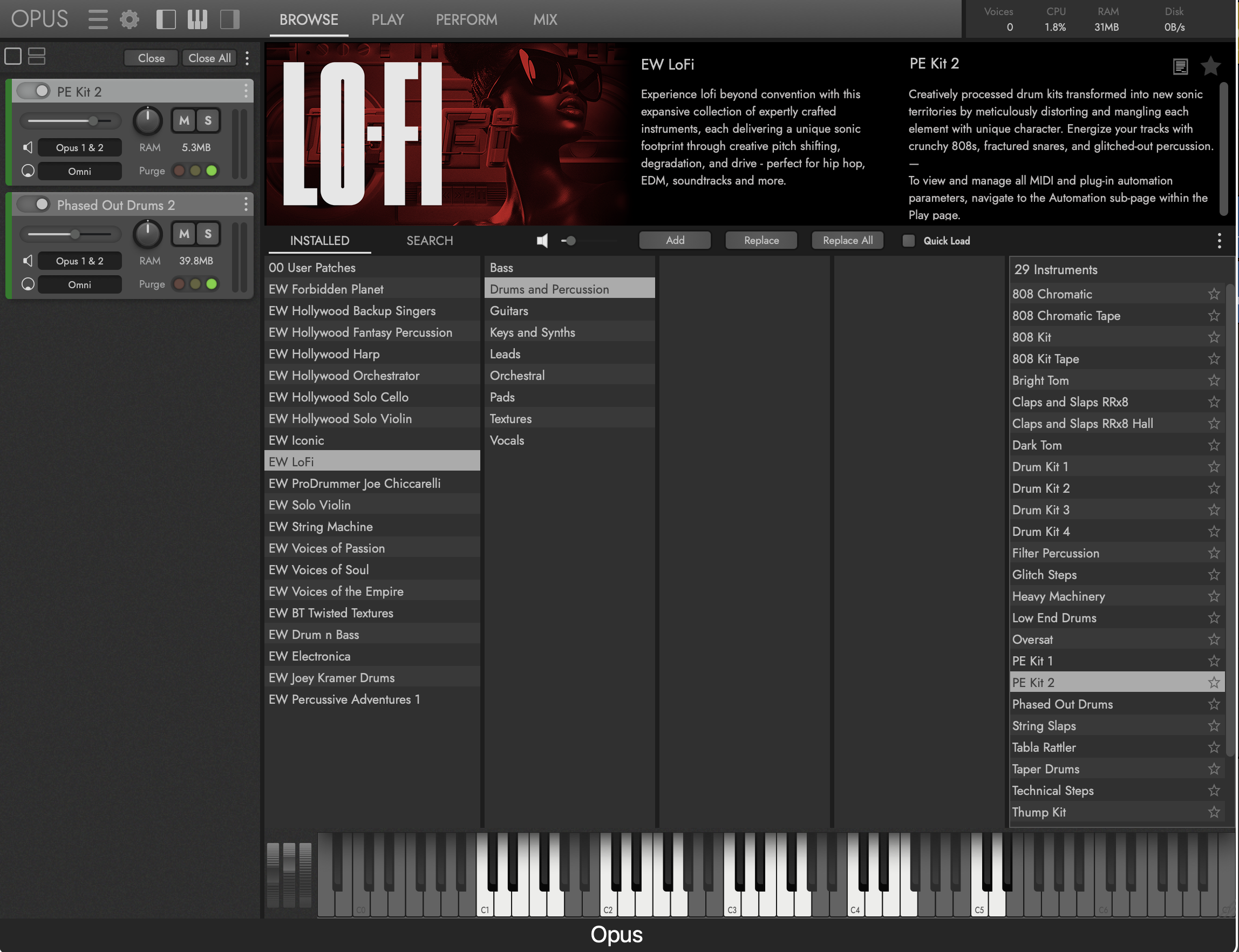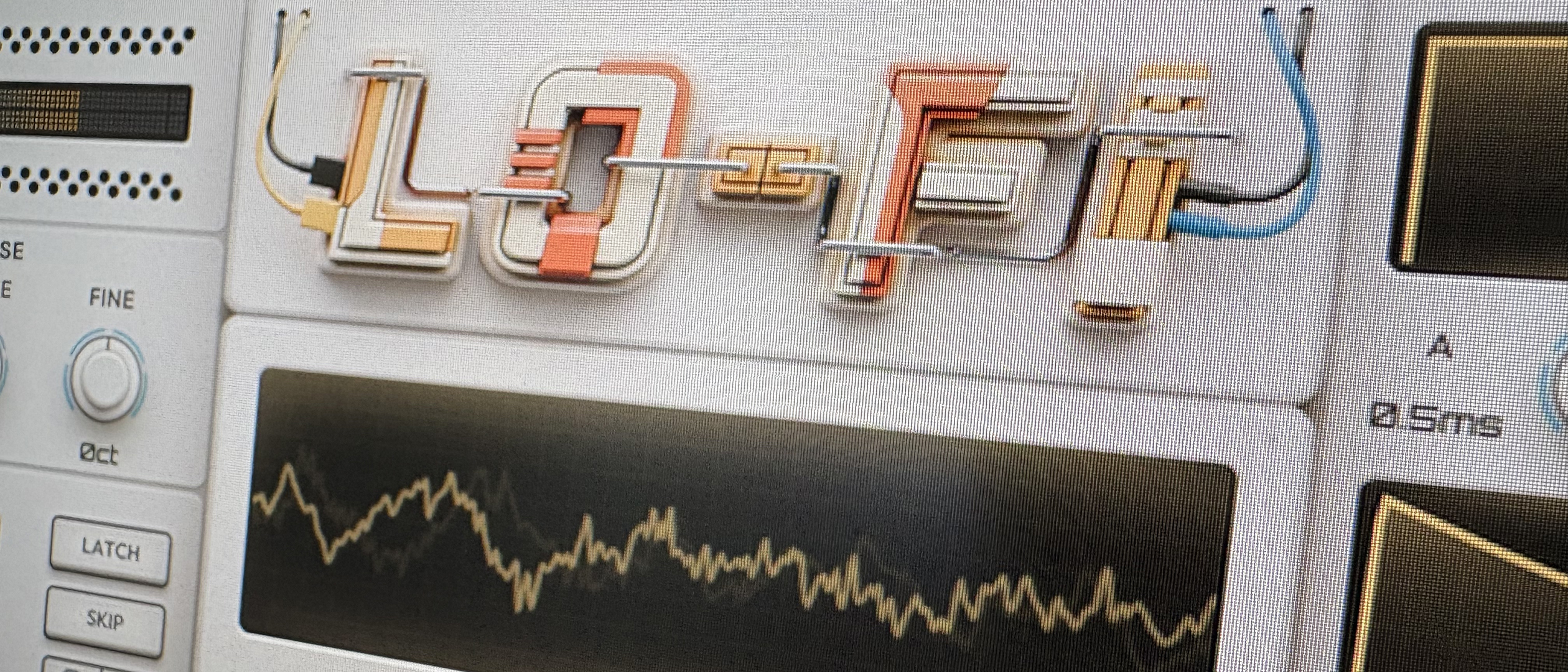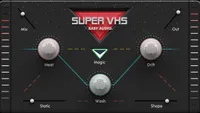MusicRadar Verdict
Not exactly a sampler, not exactly a synth, Lo-Fi provides approaches from both worlds to manipulate its bountiful selection of mussed-up sounds. It’s all you could possibly need to brew up some inspired new flavours for your tracks.
Pros
- +
Huge array of carefully curated sounds, both twisted and sparkling.
- +
Deep modulation controls and intuitive, creativity-angled interface.
- +
Added at no extra cost if you’ve got a ComposerCloud+ subscription.
Cons
- -
May not be to the taste of more straightforward instrument-based creators, but if you persevere there’s definitely usable material in here.
MusicRadar's got your back
What is it?
Though primarily known for its exceptionally well-produced (and exceptionally hefty on the hard drive space requirements) orchestral suites, EastWest has widened its software offerings in recent years, with the company’s Opus engine now housing a vast array of smaller software instruments, vocal libraries and colourful effect toolkits, with generally pretty superlative results.
At just 22GB, Lo-Fi is EastWest’s latest drop in the latter category, and was released to mark an impressive ten years of its ComposerCloud+ subscription. On first glance, Lo-Fi sits within a fairly (perhaps suitably) old-fashioned looking GUI – housed within the now familiar Opus shell. But on closer inspection, its scope and abilities soon become readily apparent with even just the bare minimum of tinkering.
Dubbed a ‘distorted, gritty and mangled producer’s toolkit’, Lo-Fi brings a range of samples, textures and effects, all neatly organised by category.
The 350 instrument presets span sections for Bass, Drums and Percussion, Guitars, Keys and Synths, Leads, Textures, Orchestral, Pads and Vocals. Although you’ll notice straight away that some of the sounds appear quite different to what their tag indicates they should sound like, the patches have been grouped based on what the original starting point for the sound was.
The main UI (displayed under Opus’ Play window) is framed around a central X/Y pad, where four effect types (Stutter, Dream, Space and Grit) can be blended to shape sounds in all manner of bizarre, and unique, ways while the effect is in play. This foregrounds the happy accident-leaning approach to creativity from the off.
Surrounding the X/Y pad are individual control sections for broader effects such as Delay, Reverb, Auto Pan, Drive, Ring Mod and modulation controls for LFO, envelope or velocity to give the sounds more kinetic movement, as does a sturdy arpeggiator that can easily build out defined rhythmic patterns from the sonic palette on offer.
It’s these effects that are automatically manipulated once you start moving your X/Y control around the pad. For instance, selecting ‘Space’ then shifting the cursor up and down yields the Chorus and Delay effects to respond in turn.
Depending on your selected sound, different results are generated. For instance, selecting the Forgotten Pads preset then infusing a Grit effect on the X/Y creates a morphing, kinetic phaser effect which can be reined in or let to bleed to your heart’s content. But that’s just one of many nuanced, vibrant results you can achieve with Lo-Fi.

Performance
Starting with a leisurely swim through Lo-Fi’s instrumental presets, and it’s instantly clear that this source material has been distressed (or not, in some cases) with some chin-stroking consideration. The sounds range from the jittery and constricted to the lush and verdant – albeit often filtered beyond all recognition from their original source.
Want all the hottest music and gear news, reviews, deals, features and more, direct to your inbox? Sign up here.
Despite the angle of Lo-Fi’s marketing, we were quite surprised by how clean some of the instrument sounds were, although it’s pretty easy to tarnish them beyond all recognition.
In terms of the satisfying selection of kits on offer, the more clean-sounding 808 and PE kits were unexpectedly hefty, and a surprising treat to find nestled among the gnarlier presets.
In textural terms, the assortment of Orchestral sounds is one of the most enticing. There’s some manipulated real instruments, and some expansive creative effects (Night Feelings and So Electric Orchestral to name but two). On the leads front, there’s a tendency towards the tape/Mellotron-esque aesthetic, and every lead we select soars atop most mixes without any additional mixing required. So, while tinkering and pitch wheel-riding is encouraged, there’s already the building blocks of some absorbing sonic textures ready to go from the outset.

Verdict
It’s clear that a lot of thought has gone into coating up this smorgasbord of sonics, but as we indicated earlier, some of the sounds on offer remain pristine enough for modern production purposes.
It’s indeed tempting to just stick with what’s provided here to use as the raw materials for a track, yet even a nudge of just one macro control can suddenly swing your starting point into a new direction.
Of course, if you want to get forensic you’re more than equipped. Lo-Fi brings lo and hi-pass filters, ADSR envelopes, LFO and step-sequencer options as well as robust MIDI Learn capabilities – it’s every bit as manipulable as a dedicated synth, albeit with a distinct flavour.
Though there’s a huge array of sounds on offer here, there is a notably ‘wonky’ flavour that might not suit everyone’s taste, but we’d argue it’s nigh-on impossible to believe, with the amount of control and shaping scope that EastWest has presented here, that any musician should not be able to find a brilliant new colour to add to a developing mix.
Hands-on demos
EastWest Sounds
Alternatives
A much more straightforward (and cheaper) offering, but Baby Audio’s superb early lo-fi effect was pointedly inspired by the unique warped sound of VHS tapes, and the odd characteristics the old players could sometimes elicit from a stubborn tape.
Find out more about Baby Audio Super VHS
A comparable suite in terms of the modulation flexibility, Waves’ Retro Fi promised to be the ultimate retro effects chain, and – until EastWest came along – it had pretty good evidence to back up that claim. Retro-Fi is capable of applying dirt, grit, noise and colour to almost anything you throw at it.
Find out more about Waves Retro Fi
Specifications
Price | $99 | £72 | €84 – Perpetual License Free with ComposerCloud+ Subscription ($99.00 per year or $9.99 per month) |
Requirements | macOS 10.15 (or later); Windows 10 with ASIO sound drivers Quad-core CPU (four cores), running at 2.7 GHz (or above) 16 GB RAM HDD (7200 rpm, non-energy saving) |
Contact |

I'm Andy, the Music-Making Ed here at MusicRadar. My work explores both the inner-workings of how music is made, and frequently digs into the history and development of popular music.
Previously the editor of Computer Music, my career has included editing MusicTech magazine and website and writing about music-making and listening for titles such as NME, Classic Pop, Audio Media International, Guitar.com and Uncut.
When I'm not writing about music, I'm making it. I release tracks under the name ALP.
You must confirm your public display name before commenting
Please logout and then login again, you will then be prompted to enter your display name.



